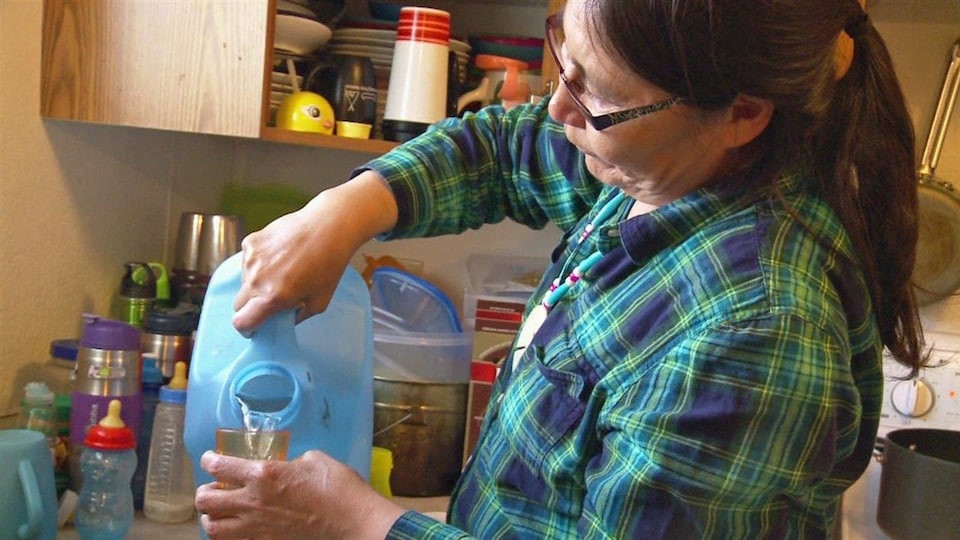The $8 billion settlement was approved on December 22 by the Federal Court of Canada. It follows a class action lawsuit brought by the Tataskweyak Cree Nation in Manitoba, as well as the Curve Lake and Neskantaga Nations in Ontario. These aboriginal communities have been under long-term boil water advisories for several years.
Native people who had lived on reserves subject to boil water advisories for at least a year, between November 8, 1995, could join the lawsuit.
The settlement agreement provides $1.5 billion in compensation for people who were deprived of drinking water during that time. Nearly 142,000 people and 251 Indigenous communities are eligible for compensation.
With this regulation, Canada recognizes its role in the lack of access of indigenous communities to drinking water
said Minister of Indigenous Services Patty Hajdu on Thursday at a press briefing.
Canada recognizes the significant harm caused to members of Indigenous communities and the discrimination they have suffered through this issue. The regulation includes measures to rebuild public confidence in their water supply and in their relationship with the government.
We are also sending a clear message: future generations of Indigenous children will have access to safe drinking water.
Ms. Hajdu continued.
The settlement also includes $6 billion to support reliable access to drinking water in communities, the creation of a $400 million economic and cultural restoration fund, the creation of a First Nations advisory committee on drinking water and modernizing Canada’s First Nations Drinking Water Act.
A problem that persists
In 2015, the Liberal government pledged to eliminate boil water advisories in all Indigenous communities across Canada. Even though 132 of these advisories have since been lifted, the problem of access to drinking water is still very present today. In fact, 33 indigenous communities are still suffering from it. This is the case of the Neskantaga First Nation, which has been under a boil water advisory for 27 years.
During the 2015 campaign, Prime Minister Justin Trudeau said that in five years, all First Nations would have safe drinking water. Even today, this is not the case for our community
explained Roy Moonias.
In Canada, Neskantaga is the community that has suffered the longest from the lack of access to drinking water. We count the days from the beginning [de l’avis d’ébullition à long terme]. Today is 9948 days. Or 27 years, two months and 27 days.
Like many members of his community, Mr. Moonias is not happy with the agreement reached with the Canadian government.
I do not approve of the format of the settlement for the class action. For 27 years, my community, my family and I suffered, he said. Yet, I only qualify to seek compensation for six years, maximum. Who decided that? It is very frustrating.
Sharon Sakanee, director of health services in the Neskantaga community, agrees. She simply cannot believe the miserable conditions her community still lives in today.
We are told to use water bottles for washing, for cooking, for cleaning… This is not acceptable […] We live in one of the richest countries in the world and we don’t even have access to drinking water. Something needs to be done, it’s been way too long.
Over the years, Ms. Sakanee has testified to the heavy health impacts that lack of access to clean water has had on her community. In addition to dermatological and gastric problems, the situation has generated a lot of despair. In 2013, a state of emergency was declared in the community due to the increase in suicides among young people. His son is one of those who took his own life.
He would have been 27 today, Ms Sakanee said. He took his own life in November 2012. He never drank tap water. Throughout his life, he has never had access to drinking water. And that’s what all the children in our community are going through today.
Reference-ici.radio-canada.ca
